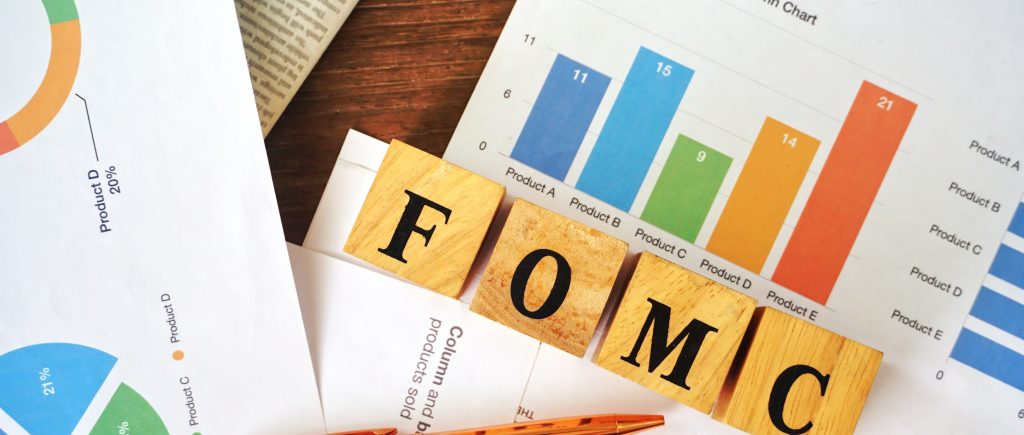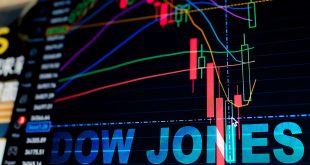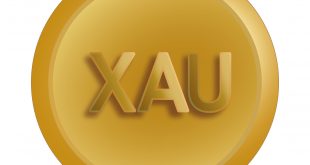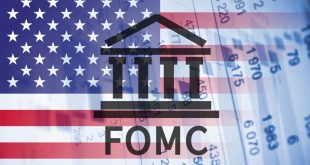In a revealing snapshot of internal deliberations, the latest Federal Open Market Committee minutes indicate that nearly all participants at the late July meeting endorsed maintaining the benchmark interest rate within the 4.25% to 4.50% range, viewing it as a prudent stance given ongoing economic uncertainties. This consensus underscores a cautious approach, with only a pair of policymakers diverging by advocating for a reduction, though they found no broader support among their peers. The decision reflects a collective assessment that the current policy provides a stable foundation while more data emerges on key pressures shaping the economic landscape.
A central theme in the discussions revolved around the potential ripple effects of elevated tariffs on inflation, with participants emphasizing that discerning the full magnitude and duration of these impacts would require additional time. While the influence on goods prices has become more evident, the broader implications for overall economic activity and price stability remain unclear, prompting a measured outlook. Experts in economic analysis have echoed this sentiment, warning that such trade measures could act as an effective tax hike on households, potentially adding hundreds of dollars in annual costs and complicating the path to lower borrowing expenses. They argue that if these effects prove persistent, they might necessitate a more restrictive monetary stance to prevent entrenched price increases.
Despite these headwinds, several participants noted that the existing federal funds rate target might not deviate significantly from its neutral level, suggesting room for flexibility in future adjustments without waiting for absolute certainty on tariff outcomes. This perspective aligns with broader market analyses, where observers suggest the central bank could proceed with rate reductions as early as September if incoming data on employment and prices indicates balanced risks. However, they caution that sticky inflation from services and goods could temper the pace and depth of any easing, prioritizing long-term price stability over immediate relief.
On the growth front, the staff’s projections for real GDP from 2025 through 2027 held steady compared to prior estimates, painting a picture of resilient but moderated expansion. Participants also touched on operational aspects, such as the standing repo facility’s role in policy execution, with some advocating for deeper exploration of central clearing mechanisms to enhance efficiency. Economic forecasters have highlighted this as a sign of proactive fine-tuning, potentially bolstering the framework’s adaptability in volatile conditions driven by global trade dynamics.
Finally, the minutes reveal progress toward refining the consensus statement as part of an ongoing framework review, designed to withstand diverse economic scenarios. This forward-looking element has been praised by policy analysts as a step toward greater robustness, ensuring the central bank’s messaging remains clear and effective even amid geopolitical and fiscal shifts. Overall, the deliberations portray a committee attuned to evolving challenges, balancing vigilance on inflation with support for sustainable growth.

 Noor Trends News, Technical Analysis, Educational Tools and Recommendations
Noor Trends News, Technical Analysis, Educational Tools and Recommendations




